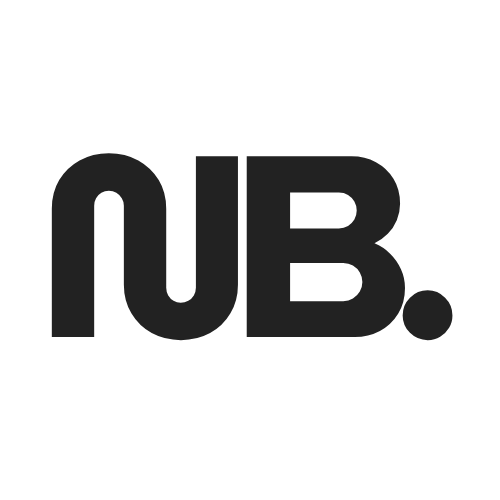Niche blogging isn’t dead, and it will remain relevant for years, if not forever.
If you’re considering starting your first blog, then consider the 8 tips below.
For a full beginner’s guide, I suggest reading HERE.
Affiliate Disclosure: Some links might be affiliate links. I might earn a small commission when you buy through my links. If you do, please know I only support brands or companies that I either use myself or fully believe are beneficial for my readers. Thank you!
#1 Start With One Or Two Categories
Most beginners have grandiose aspirations and begin creating an extended list of categories and topics they want to write about.
Before they know it, they end up in a rabbit hole and keep discovering new, relevant subcategories within their niche.
Instead, just focus on one or two main categories and fill them regularly with content.
I’ve seen blogs abandoning categories after a few posts with a recent update from 2-3 years ago.
Start small, expand later.
In case you’re getting tempted, save relevant keywords or categories for the future in a note first, and expand when you’re 100% sure about the direction you’re going.
#2 Write 10-30 Blog Posts Before Publishing
I did this, and it helps me to stay focused on writing for a while without worrying about SEO, layout, or changes.
- You want to build a threshold of blog posts
- You want to write enough so you can schedule a few of them in advance
- You want the first 10 strategically linked to each other, so search engines can find your content
This also helps to improve your writing skills and possibly try to find your workflow + productivity stack that makes you comfortable.
#3 Publish 3-6 Blog Posts Immediately
Let’s be honest, a new blog with one single post looks a bit sad. In case you have 2 categories, I would publish 3 blog posts per category.
It gives the first visitors a much more mature impression, and you’re probably keen to share your blog on social media or with friends and family.
Even if you did publish 6, you would have an extra buffer of posts if you followed the previous tip.
#4 Have A Content Plan And Schedule
Organization and planning are half the battle in blogging.
Take your time to create a content plan and schedule that works for you.
Not everyone can dedicate the same amount of time to writing, editing, and publishing if you’re still working a day job.
One of my observations was that many beginning bloggers start at lightning speed but disappear after a few months.
It’s better to begin slowly and steadily rather than rushing through and burning out soon after.
On average, successful blogs post 14-16 times each month. But if you can’t meet that number yet, don’t panic.
- Start slow
- Ramp up the frequency when possible
- Adjust according to your available time and responsibilities
#5 Schedule A Writing Challenge
I did a writing challenge before, and it helped me:
- focus
- set goals
- improve my writing
You could do a 7-day challenge, or longer, and reflect on the outcome once you’re finished.
Sometimes, 7 days of focus or those kinds of challenges can help you progress faster.
#6 Organize The Right Way
Writing is a fraction of your process. Organizing and keeping track of your efforts is important, and if you don’t do it from day one, you might end up with a messy setup that turns into a chore.
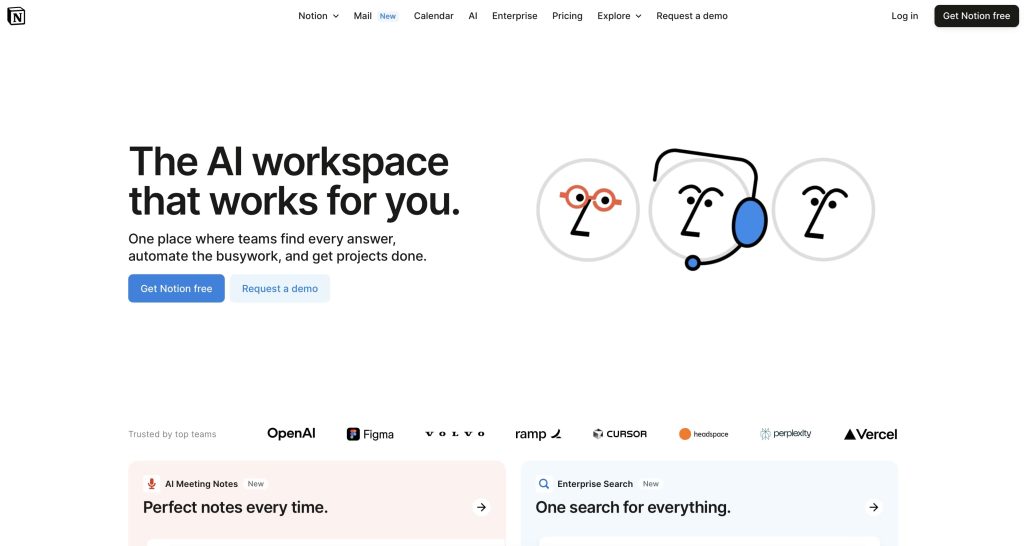
You don’t need much to start.
My stack is pretty lean for blogging:
- Notion to draft blog posts
- Notion to track and document my efforts (see screenshot)
- Dropbox Paper for backup and final editing
- Apple Notes for quick notes
- Perplexity and ChatGPT for blog inspiration (not to do the writing)
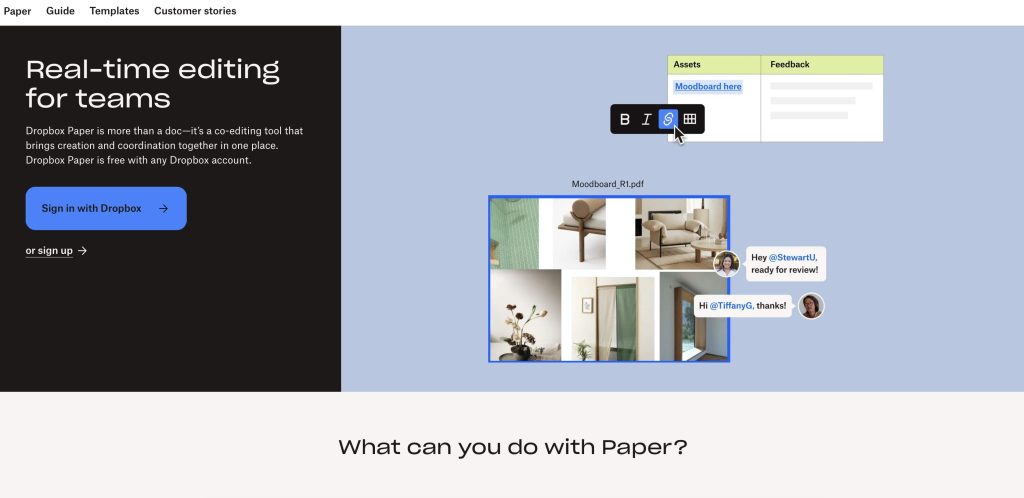
I used to be all over the place and make things more complicated than they needed to be.
Finally realizing that this is not a productive way of working, I trimmed down my stack and kept it to the bare minimum for focus and organization.
#7 Securing Your Social Media Handles
Assuming you have your domain name registered with Namecheap or Porkbun and are ready to build a brand, secure every social media handle right away.

- Create a new free Gmail account
- Use that email to sign up for every new platform
- Register your usernames on all common social media platforms, including Pinterest
This doesn’t mean you need to use them, or even ever. But you don’t want someone snatching up your brand name or social media handles.
The most important platform is Pinterest. Vastly underrated, and yet yields the most traffic long-term.
Always secure that one first.
Read also: How To Use Pinterest For Your Blog
#8 Calculate Your Budget
Starting a blog is very cheap. For $50-$70/year, you can have decent WordPress hosting and a domain name. One of my firm recommendations would be Stablepoint hosting.
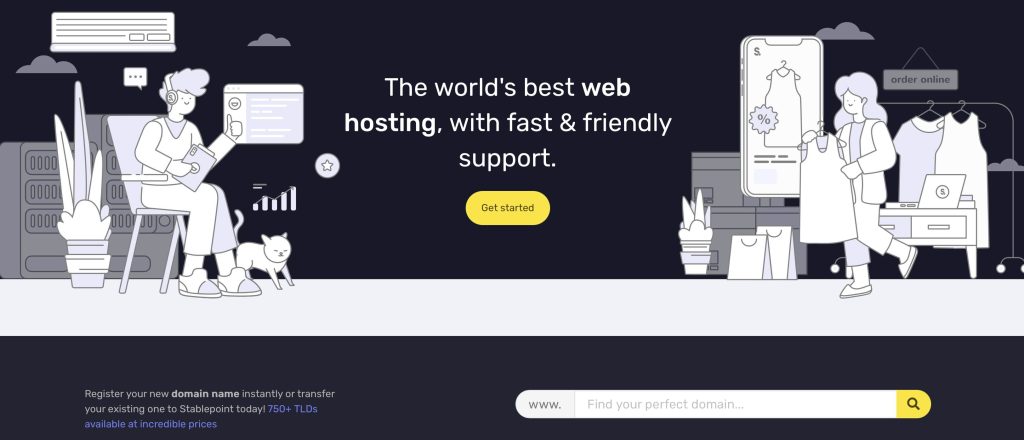
Related Content:
- Cheapest Domain Registrars For Your Blog
- Best Cheap WordPress Hosting For Niche Blogs & Content Creators
That $50-70 should be more than enough for your first 6-8 months up to a year.
Once you’re seeing some growth, consider that some extra costs might occur:
- A decent AI writing tool to assist you with the writing
- Tailwind App, for Pinterest scheduling
- Canva Pro subscription, in case you want more options
- A simple SEO tool that helps you find quality keywords
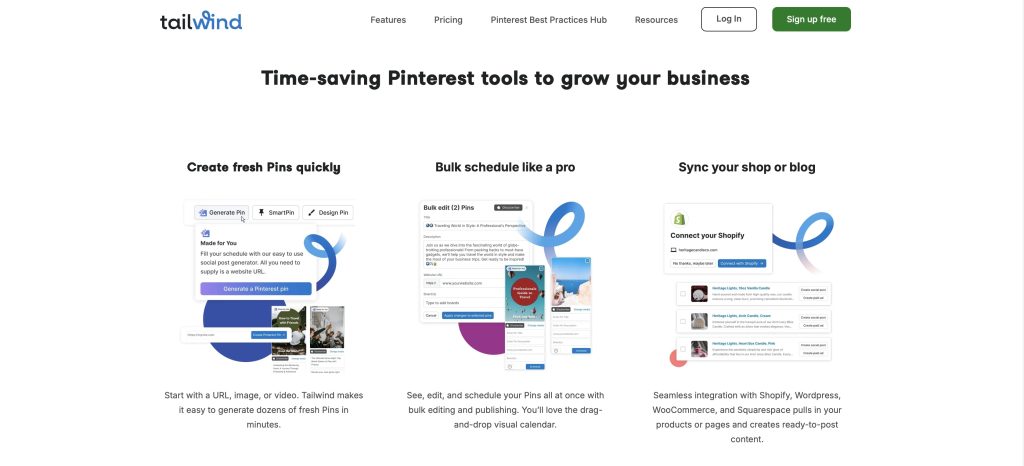
Set $250-$500 aside in case you‘re scaling or want to have a few more professional tools that would save you time.
However, I would only invest in those tools if you’ve been blogging for 6-12 months and feel confident in your new blogging career.
Final Word
Starting a blog is not complicated. The beginning might feel overwhelming, and you may feel peer pressured by others who jump straight into publishing.
Worry about yourself and focus on creating a well-structured content plan and schedule.
Write several articles you can use as a threshold when having busier days or weeks.
If you have some time, begin a small writing challenge to keep yourself motivated.
Remaining consistent is more important than going fast!
